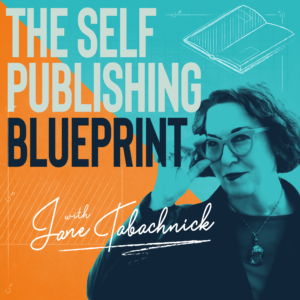Why Write a Book?
Writing a book can be a game-changer. It instantly elevates your status as an expert and enhances your authority in your field. Your book grants you greater visibility and credibility, as a quick Google search of your name will likely yield your book listing on Amazon. People’s perception of you will soar. A book is not just about personal achievement; it’s a powerful tool to impact and inspire.
Navigating the Publishing Journey: Goal, Successful Self-published Author
While self-publishing is accessible to all, ensuring your book reflects the quality of your work is a crucial consideration. For visionaries and change-makers like you, whether you’re an entrepreneur, coach, consultant, healer, CEO, or professional, you like the speed of self-publishing. Still, you are concerned with making sure your book doesn’t look amateurish. You’ve worked too hard to build your brand and reputation. Whether you plan to go it alone or work with an in-demand writer’s coach, you want a memorable outcome.
Writing a book can seem overwhelming and even daunting, especially if you are staring at a blank page and trying to figure out where to begin navigating the self-publishing waters.
“If you want to be successful, find someone who has achieved the results you want and copy what they do and you’ll achieve the same results.” – Tony Robbins.
This post outlines our method for success for self-published nonfiction authors. It covers our proven process for creating bestsellers based on a tool used by books that have seen traditional success on the New York Times and Wall Street Journal lists. Whatever your definition of success is, a blueprint will help you have a better, less stressful author experience.
Introducing the Self Publishing Blueprint
In this post, we’re diving into the essentials of crafting a successful nonfiction book. It starts with a fundamental step of self-publishing- time spent brainstorming your book idea and thoroughly fleshing out and planning it out. We’ve identified the critical points of clarification you’ll want to identify before starting to write your book. We call this The Book Blueprint. We modeled it on the book proposal, a tool used to garner traditional publishing deals.
Understanding the Publishing Blueprint
Before we get started, let’s define what a publishing blueprint is. It is a roadmap that outlines the full details of your book. It includes the [ideal reader] who, what, where, when, and how of the book you plan to write. This blueprint is your secret weapon, providing clarity and ensuring your book effectively conveys your message and methodology.
The reason is simple: it compels authors to plan every aspect of their book meticulously. This process has several benefits, some less obvious but equally vital.
Your book blueprint is created as a tool just to help you refine your book idea and to help you write a well-thought-out book. If you are working with a ghostwriter, it is a valuable tool when placed in the hands of writers, helping them understand your ideas and intent. We have found it to be one of the best ways to predict future author success.
Your self-publishing blueprint will be the most important step in your author journey.
A Self Publishing Blueprint Forms Your Writing Roadmap
The gift of clarity around your book is that it helps create a smoother self-publishing journey, starting with your writing. Now that you have fleshed out the big ideas, your next big concern is your outline. As part of the process, you will create a detailed table of contents [capitalized?]. This forms your writing roadmap and makes your book easier to write now that you have identified your themes, topics, and goals from the very beginning. In fact, you have created a complete guide to your book.
As a publishing coach, one of the biggest challenges I see authors make is when they haven’t created a book blueprint. They often struggle to decide what content to include in their book—sometimes going off-topic or too broad, weakening their book’s strength.
Creating a book blueprint by planning your book upfront gives you the necessary guide to what content belongs in it.
With your table of contents in hand, your first step can be to block out your writing time. Now that you have completed the first mile of the journey, you can predict your delivery times for your first draft and are on your way to becoming a bestselling author.
In the next post, I’ll share a comprehensive guide to the self-publishing blueprint.
Related Content:

